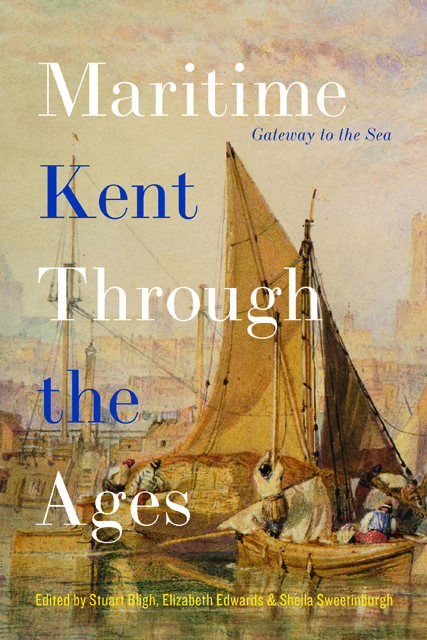5 - To Defend the Coast
Published online by Cambridge University Press: 20 December 2023
Summary
If any thought is given to defence of the coast and rivers of England from the seventeenth to the twentieth century, it would probably be assumed that this would fall first and foremost on the Royal Navy, what was once grandly called the ‘Sure shield of Empire’. However for a long period of time the navy was not always able to meet these expectations. This was particularly the case in the early sixteenth century when the Royal Navy was still the private property of the monarchs and dependent on them for support and finance. Given these limitations, how and in what ways could the coastal regions of England, and more particularly the maritime counties such as Kent, be protected? The answers lie in fixed fortifications, castles and temporary works protecting strategic works, which could either defend harbours and anchorages or close off rivers to assailants.
In the reign of Henry VIII there was a concerted effort to protect strategic parts of the coast with a number of new fortifications. This was in large part brought about because of Henry’s changing alliances with continental princes, first allying himself with Francis I of France before the English double-crossed the French king by invading France. The fact that Henry had split with Rome added to the problems he faced and could be seen as one of the major impediments to his ambition to be a foremost European ruler because this placed him at odds with all the major powers on the Continent. In light of this, Henry looked to coastal defences as part of his strategy and ordered new fortifications to be constructed which took advantage of artillery. The new defensive walls differed from the castles of the medieval period with their high curtain walls and a central keep with castellated turrets. The new fortifications were relatively low and not necessarily large, often with circular or semi-circular towers and platforms designed specifically to hold ordnance. They became known as device forts. The works were planned under an order, or ‘device’, from the king and the forts and earth bulwarks were built along the coast of England and Wales, including Kent.
- Type
- Chapter
- Information
- Maritime Kent through the AgesGateway to the Sea, pp. 133 - 148Publisher: Boydell & BrewerPrint publication year: 2021



